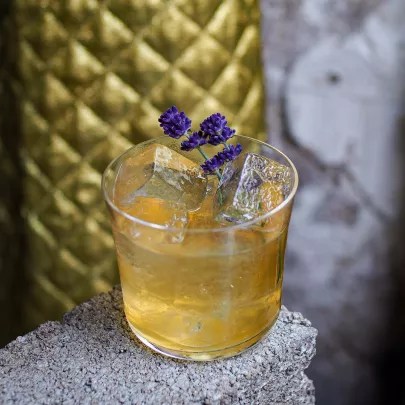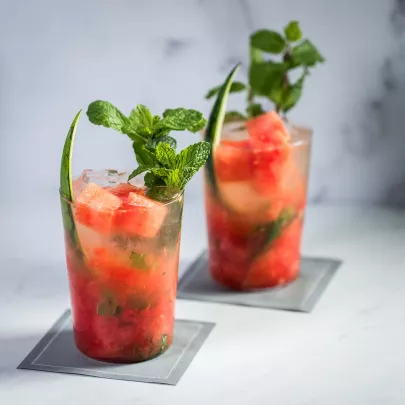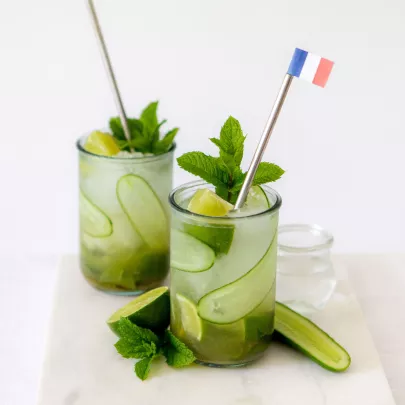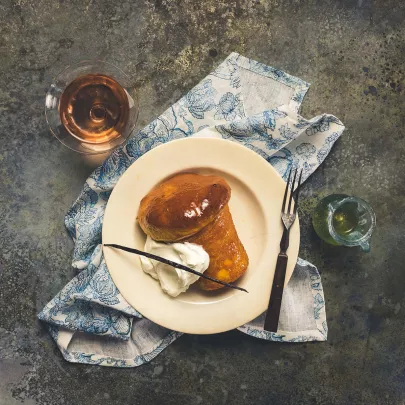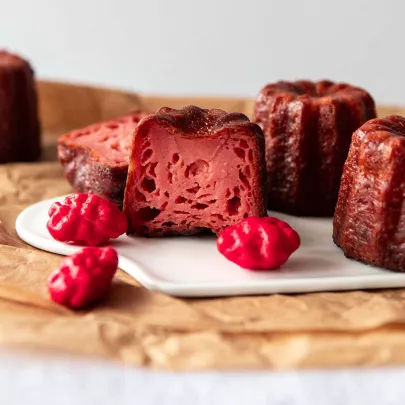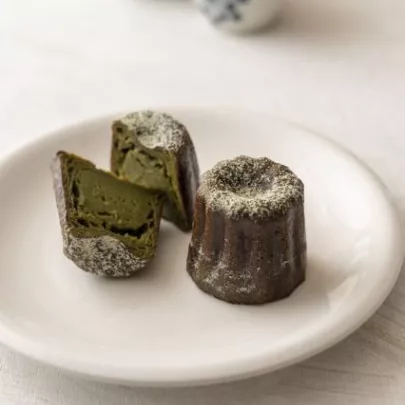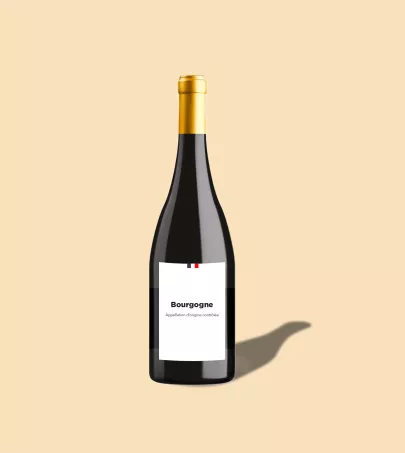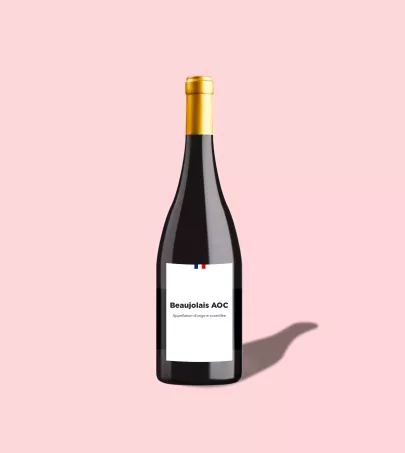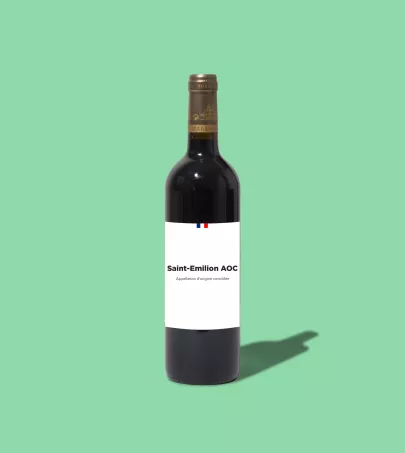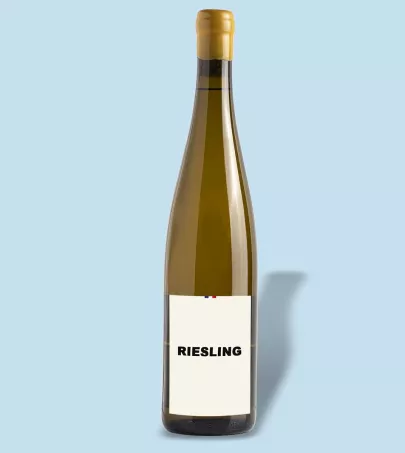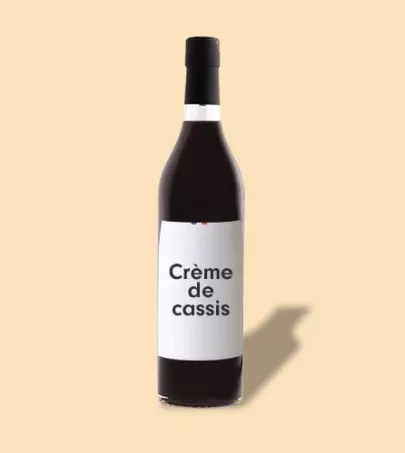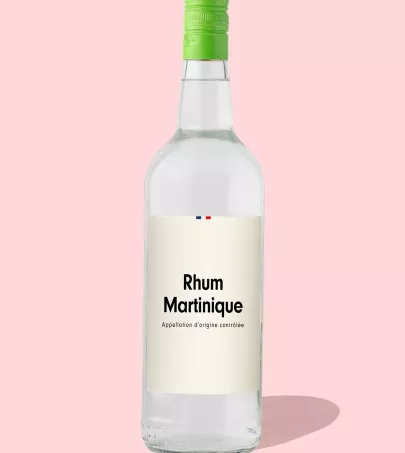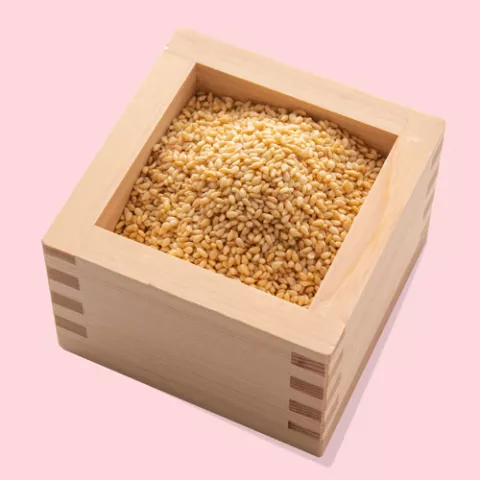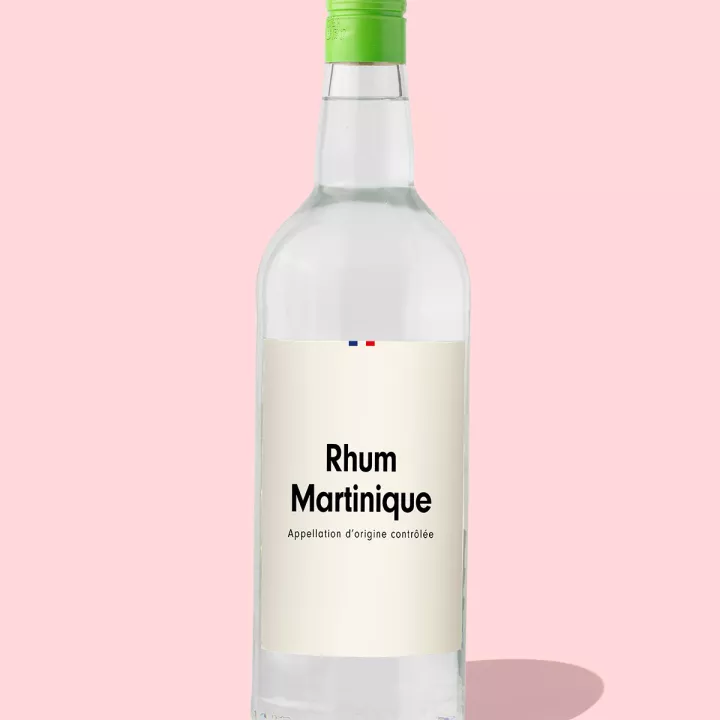
Unlike industrial rum, which is made from molasses and water, Martinique Rhum Agricole is made from sugarcane that is filtered, fermented, distilled, and then aged for a minimum of three months to up to three years. The region’s Protected Destination of Origin status, which was granted in 1975, has created strict guidelines for the spirit covering everything from its production region to the specific procedures and sugarcane varieties used to make it. The end result is a “white,” “amber,” or “aged” spirit with an incredibly complex aroma.
知っておきたいこと
This pure sugarcane spirit has undergone quite a journey. First created in Martinique at the end of the 19th century in response to the over-production of sugarcane factories, which had to diversify as a result, this spirit became incredibly popular during WWI—so much so that it drew the attention of alcohol manufacturers from mainland France. As a result, taxes and restrictions soon followed. However, their efforts to curtail the industry were in vain. At the end of WWII, once the restrictions were lifted, Rhum Agricole became wildly popular and was even granted Protected Destination of Origin status in 1996. This certification encompasses 23 towns in Martinique, specifies the types of sugarcane varieties that are authorized, limits the per-plot yield to prevent overproduction, prohibits the use of irrigation and fertilization, and governs all downstream operations. In sum, the sugarcane is immediately crushed and cold-pressed after harvest without any addition of sugar syrup or molasses. The sugarcane juice is then enriched with yeast, which triggers the fermentation process. In no more than 48 hours, it is transformed into sugarcane wine. This wine is then heated in vats to vaporize and condense the alcohol, which ultimately measures between 65 and 75% ABV. The resulting white rhum de coulage, or unrefined rum, is stored in vats for three months. Once it is aged for a minimum of 12 months, it is called amber rum. If this period lasts more than three years, it is labeled aged rum.
特筆するべきこと
香り
視覚的に
味覚的に
編集後記
利用方法
Storing Rhum Agricole
Store Martinique rhum agricole in a dark, dry place for the best quality.
Serving Rhum Agricole
Enjoy Martinique rhum agricole neat, infused, or in cocktails. It’s also great in pastries like crepes, canelés, babas, croustades, and Caribbean pineapple cakes.
とのペアリング
When it comes to cooking, Rhum Agricole can be paired with any number of ingredients, including limes, cinnamon, coconut milk, raisins, shrimp ceviche, and smoked fish. It's just as versatile when used in cocktails, where it pairs smoothly with mint to make a mojito, lemon to make a daiquiri, pineapple juice and coconut cream to make a piña colada, and much, much more.

